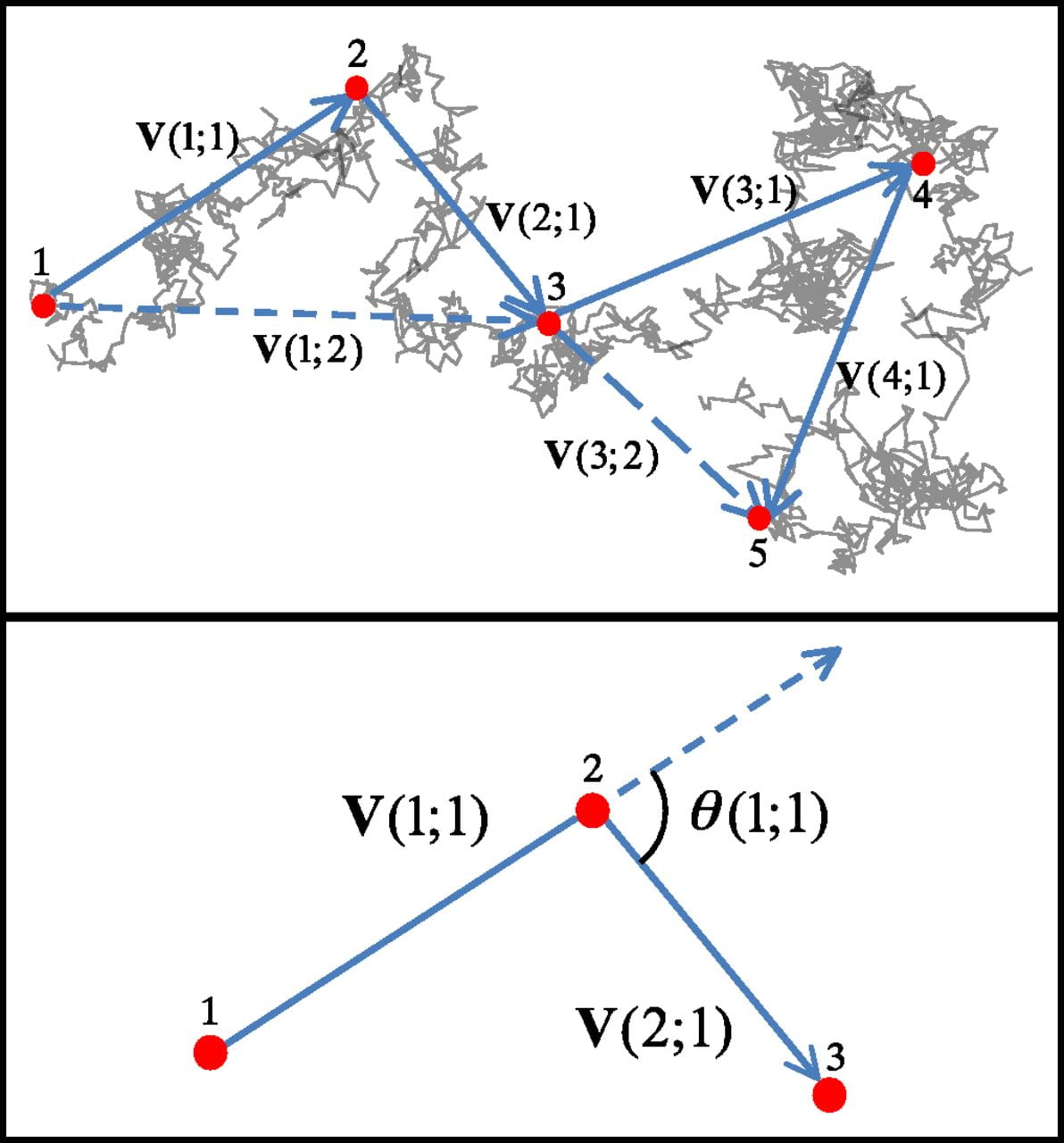Exploring Intracellular Transport
Intracellular transport of cargos via motor proteins is fundamental for the dissemination and regulation of biological materials within a cell and between cells. This class of processes alone encompasses vital cell regulatory functions including waste removal (lysosomes), 'eating' (phagosomes), and storage (vesicles). We are interested in studying the transport of densely packing insulin-containing vesicles, termed granules, in our pancreatic beta-cell model lines that are either poor (diabetic) or good (normal) secretors of insulin. We have found a new statistics, which combines continuous time random walks with fractional Brownian motion, that describes the granule (vesicle) transport in these cells. These single granule particle tracking measurements are extended to the dynamics of microtubules in vivo. The complex and challenging problem of understanding insulin-containing granule dynamics requires the development of custom image analysis techniques, specialized instrumentation, and novel order parameters to analyze motion.
Three Dimensional Analysis

Conventional microscopy has been instrumental for biological and biomedical discovery in the past decade. The vast majority of conventional imaging methods are constrained to two dimensions. The resulting measurements of biological samples are constrained to either dynamic 2D time series (above) or static 3D volumetric reconstructions (left). Snapshot volumetric imaging is an attractive approach to study dynamic biological phenomena in 3D.
Left: 3D reconstruction of fluorescently labeled vesicles (red) in a cluster of fixed cells. The positions and further parameters of the granules can be analyzed by single particle localization (colored spheres).
Single Particle Tracking
When will they send me the grant proposal?
We utilize single particle tracking to analyze transport of granular features in live cells. The recovered trajectories contain rich spatiotemporal information on vesicle motion at steady-state and under stimulation. We can obtain several hundreds to thousands of trajectories for a single video, which contributes to overarching statistical descriptions of motion. Single particle tracking in biological systems is challenging from an image analysis and biological perspective. We are constantly developing custom image analysis approaches that can overcome the limitations from fluorescent labeling and fluorescence microscopy.
transport statistics

The stochastic nature of biology makes the investigation of insulin transport fascinating from a statistics perspective. We use (and sometimes develop) transport statistics and order parameters to analyze tracked granule trajectories. Often, unsuspected transport phenomena are observed that deepens our mechanistic knowledge on the biological system.
Left: 3D reconstruction of fluorescently labeled vesicles (red) in a cluster of fixed cells. The positions and further parameters of the granules can be analyzed by single particle localization (colored spheres).
